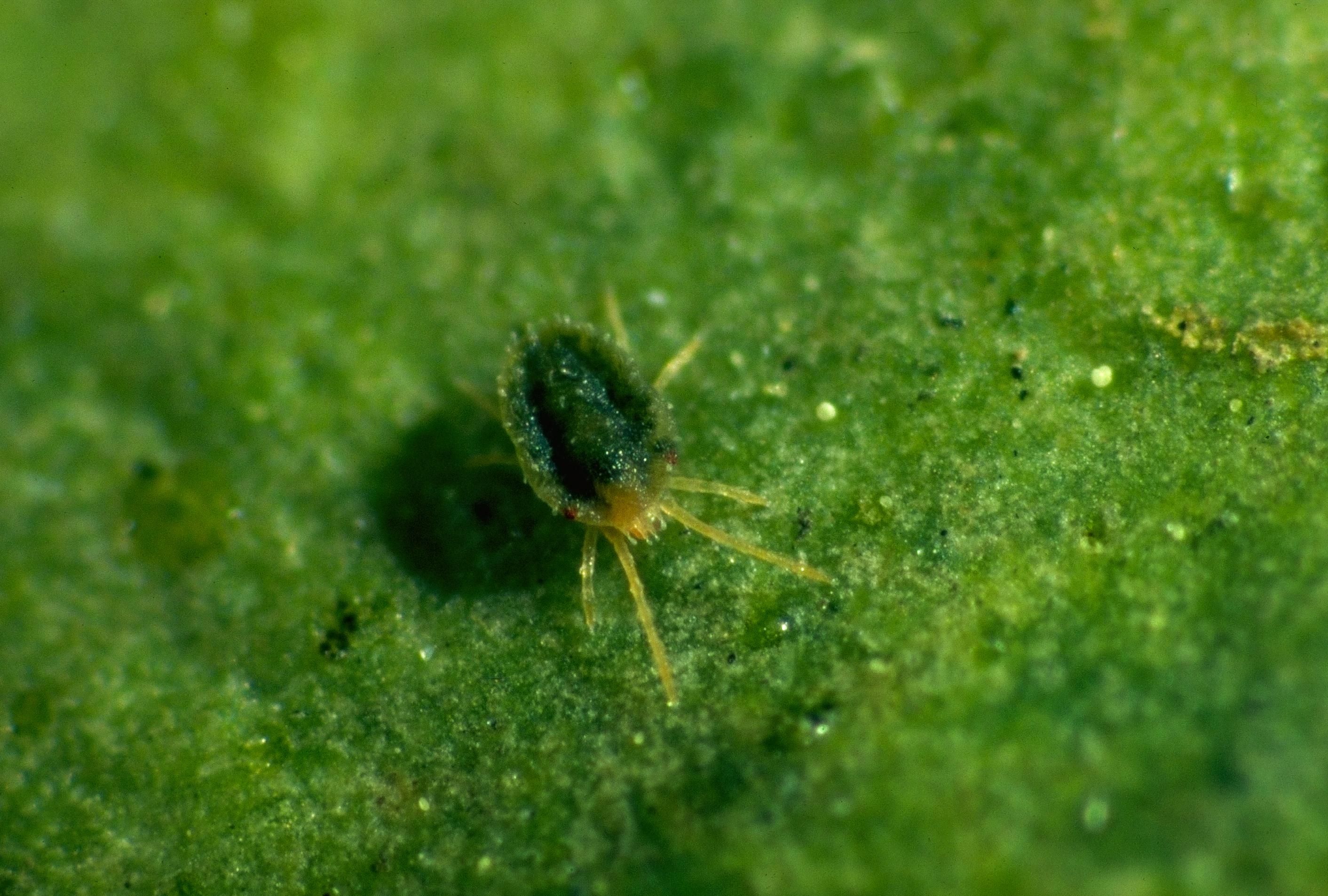About clover mites
-
Clover mites are very tiny animals about the size of a period on a typed page. They have a reddish-brown globe-shaped body with eight yellow legs. The first pair of legs are much longer than the others and are held out in front.
-
Clover mites are nuisance pests in Maryland when they enter houses in large numbers. They do not bite, carry diseases, damage food, or household furnishings except by leaving a red stain if crushed.
-
Populations can be higher in some years than others.
Habits
-
Clover mites primarily live in lawns. They feed on grasses and herbaceous plants but usually do not damage them. Newer lawns and new home sites seem to develop the highest populations. Real nuisance problems can occur for several years but then usually taper off. As a new lawn becomes established there are fewer factors favoring population increases and the clover mite numbers will become stable. Old lawns sometimes produce a mite problem when the lawns decline and are then heavily fertilized.
-
Clover mites are usually most noticeable in the spring when temperatures are between 45° and 80°F and the atmosphere is humid.
-
On warm days they cross the grass and crawl up the sunny sides of foundations and walls of buildings.
-
The mites enter buildings through cracks around window and door frames or any other crevice that finally opens up inside of a house. They are so small that screens will not stop them.
-
When the temperature drops at the end of the day, they stop where they are and remain motionless until it warms up. This means that thousands of mites can be under shingles and window sills waiting to resume their searching when the temperature rises the next day. This trend continues until consistent high or low temperatures end their wanderings for the season.
-
They also appear in the fall and even sometimes in the winter when temperature and humidity conditions are favorable.

Clover mite. Photo: John A. Davidson, University of Maryland
Management
-
Exclude clover mites by caulking around window and door frames. Use weather stripping where possible to keep them from crawling under windows. Also, caulk any cracks that might lead into wall voids that would give mites access into rooms.
-
A temporary method of excluding mites is to seal up windows with masking tape. Another method is to lightly coat the windowsill with cooking or mineral oil. The mites get stuck preventing them from entering.
-
Vacuuming clover mites is the quickest way to remove them once they are inside. It also prevents a reddish stain that occurs if they are smashed on fabrics.
Read more about clover mites on Bug of the Week, by Michael J. Raupp, Ph.D., University of Maryland.
Rev. 2020
